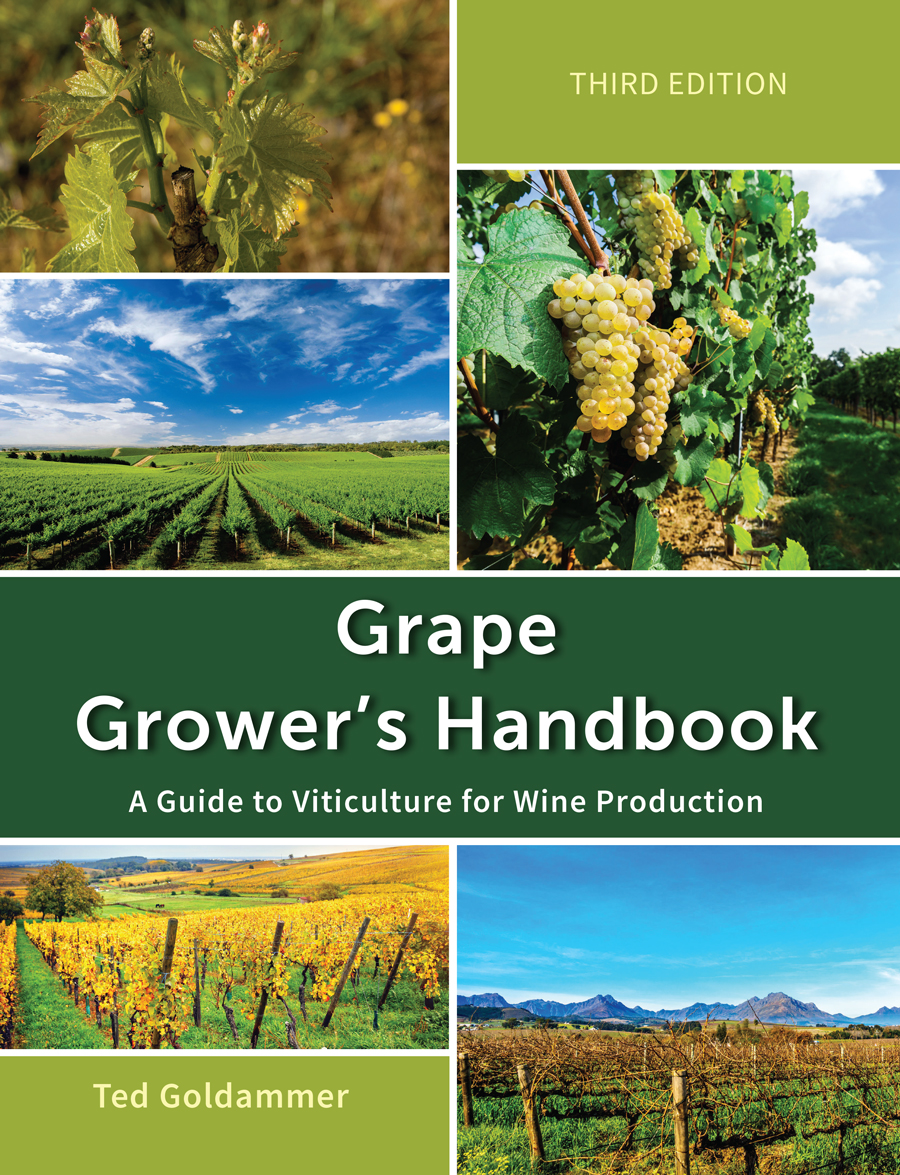Vineyard Deficit Irrigation Strategies
(book excerpts)Deficit irrigation strategies are commonly employed in growing wine grapes to reduce water consumption, control vegetative growth, and improve fruit and wine quality. In general, moderate water deficit affects a host of fruit quality attributes, such as berry size, seed maturity, acidity, pH, tannins, flavonols, and color. Two irrigation techniques that have been shown to be useful for this are Regulated Deficit Irrigation (RDI) and Partial Rootzone Drying (PRD). These two methods of irrigation do, however, differ fundamentally in two key respects. With regulated deficit irrigation water application is manipulated over time whereas, with partial rootzone drying, irrigation is manipulated over space. With regulated deficit irrigation, a water deficit is applied in a vineyard over a critical period (i.e., after fruit set and up to véraison or harvest). By contrast, partial rootzone drying relies on separating alternating dry and moist roots with an irrigation system that can produce the desired pattern of soil wetting. Partial rootzone drying can be targeted to a particular grapevine growth phase but is usually maintained during an entire growing season.
Click on the following topics for more information on vineyard deficit irrigation strategies.
Topics Within This Chapter:
- Regulated Deficit Irrigation
- Timing of Water Deficits
- Fruit Set to Veraison
- Veraison to Harvest
- Fruit Set to Harvest
- Post Harvest Irrigation Deficits
- Important Considerations Using RDI Strategy
- Cover Crops
- Soil Attributes
- Rainfall
- Rootstocks
- Varietal Responses
- Low Vigor Vineyards
- Mid-day Leaf Water Potential (MDLWP)
- Partial Rootzone Drying
- Selected References

